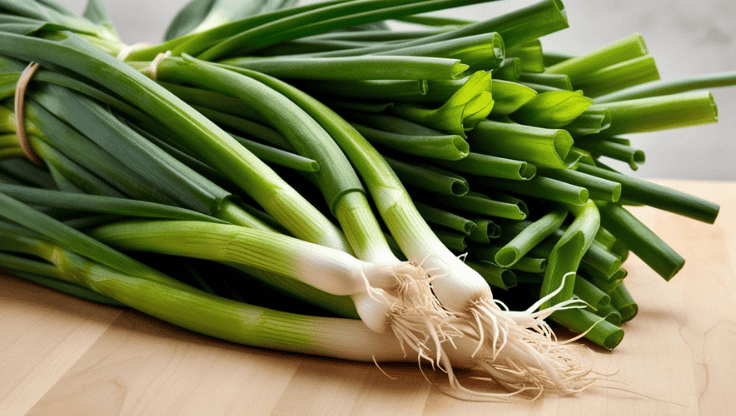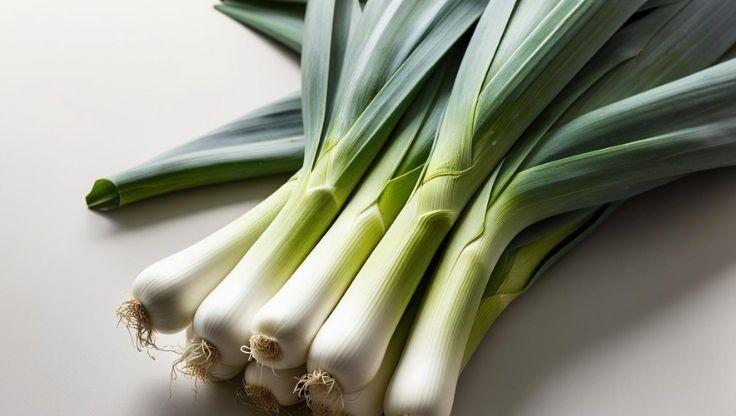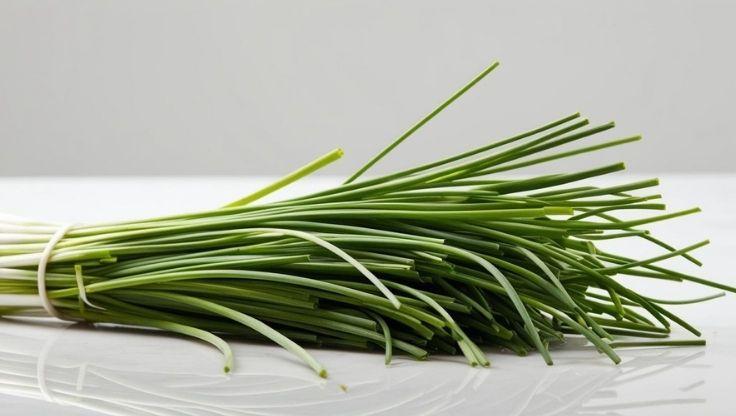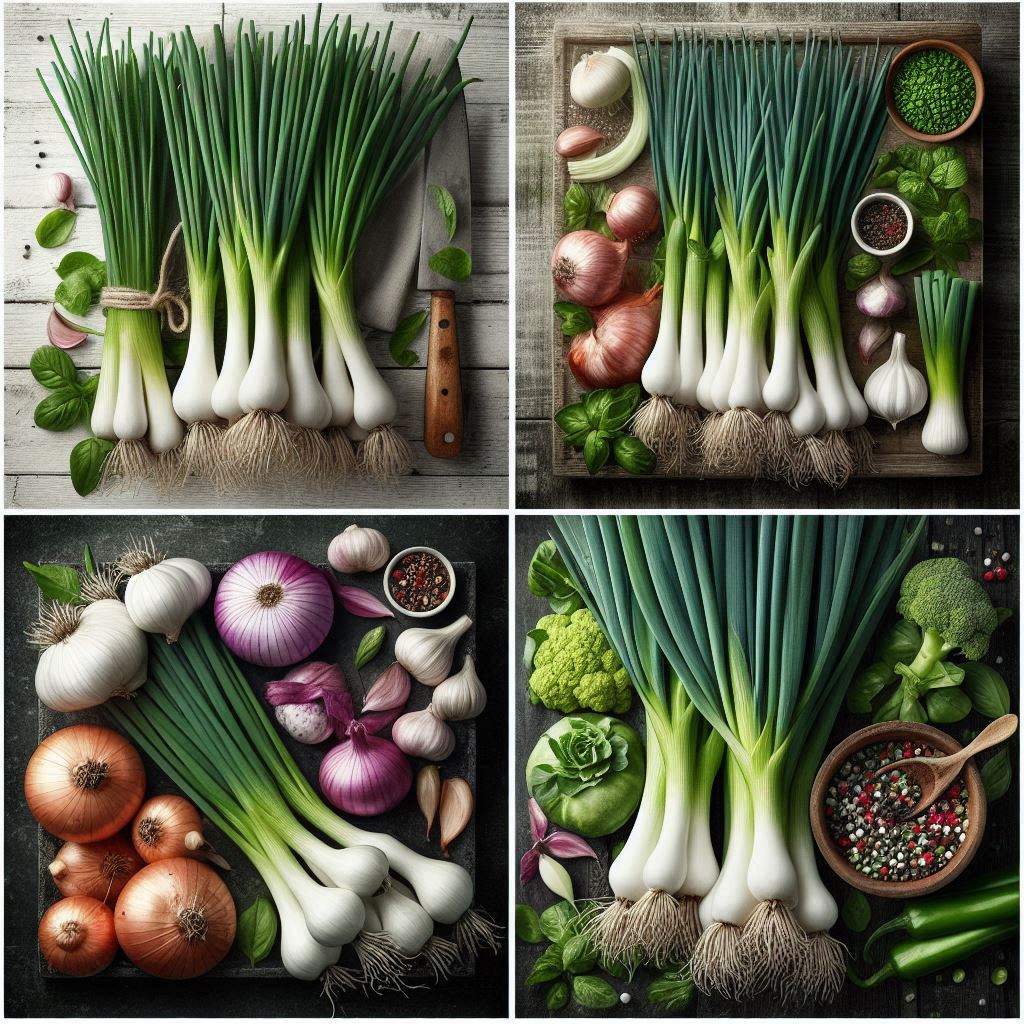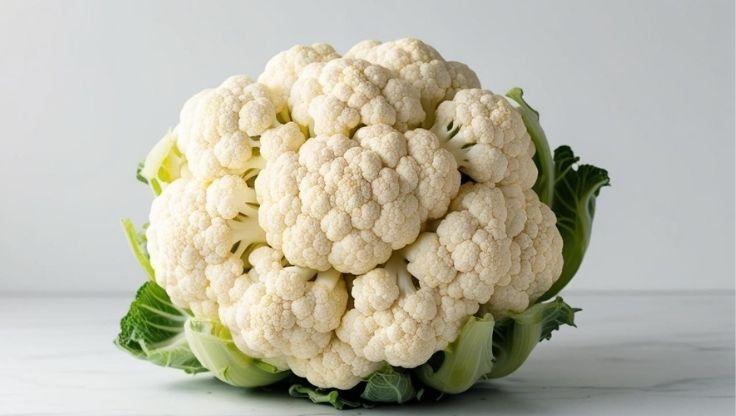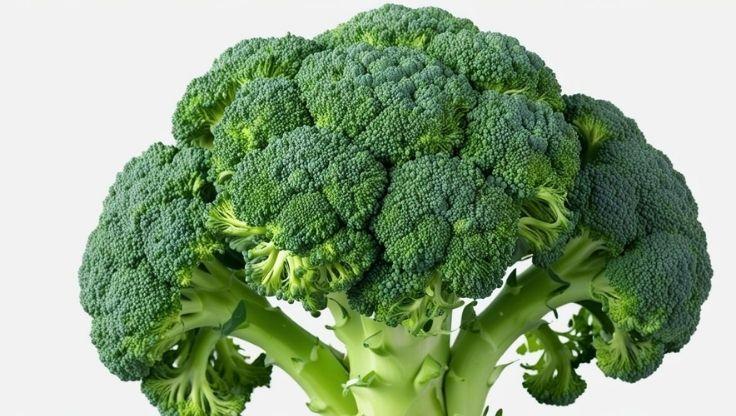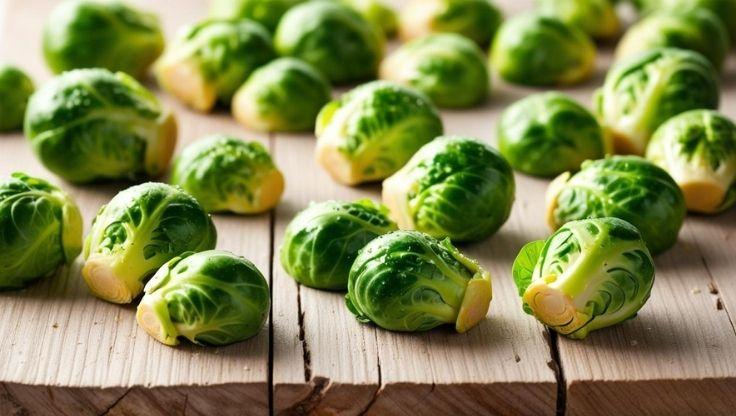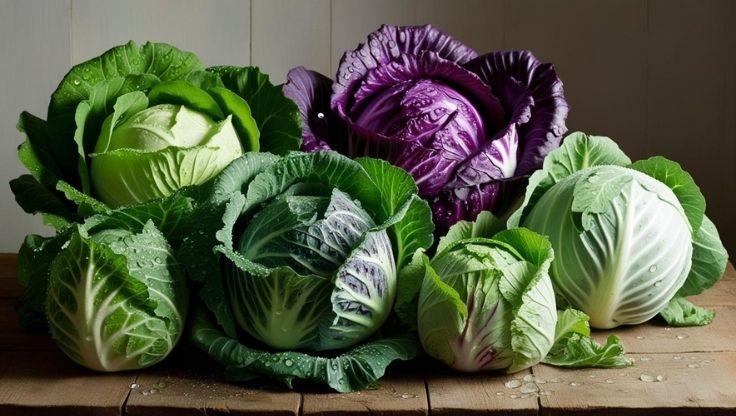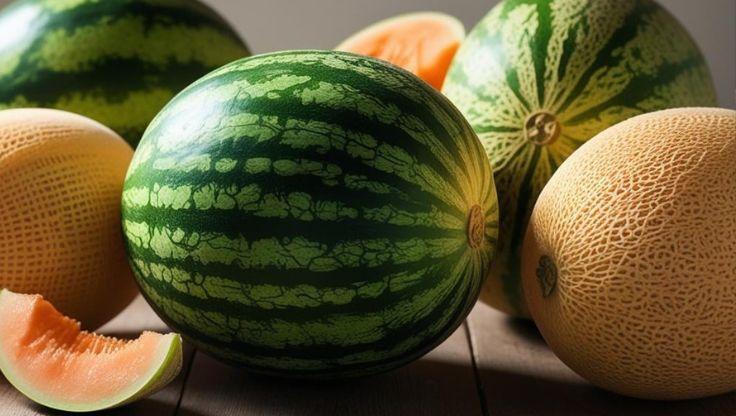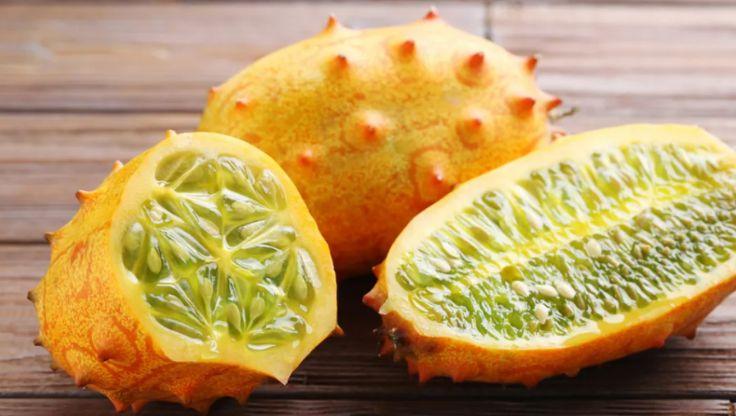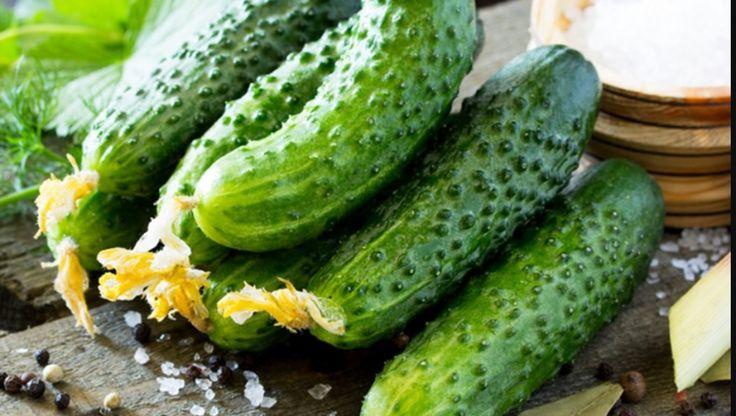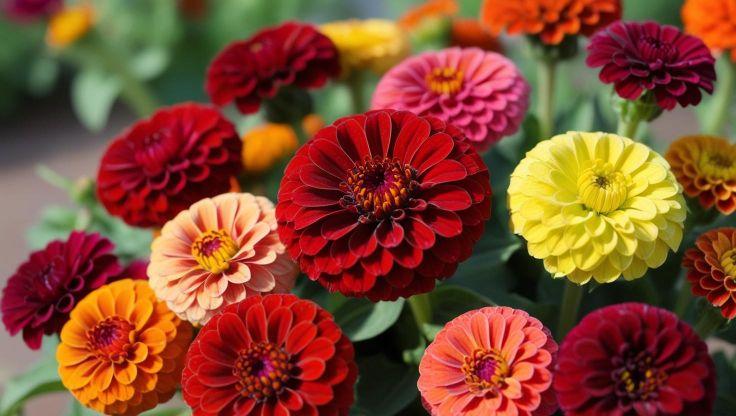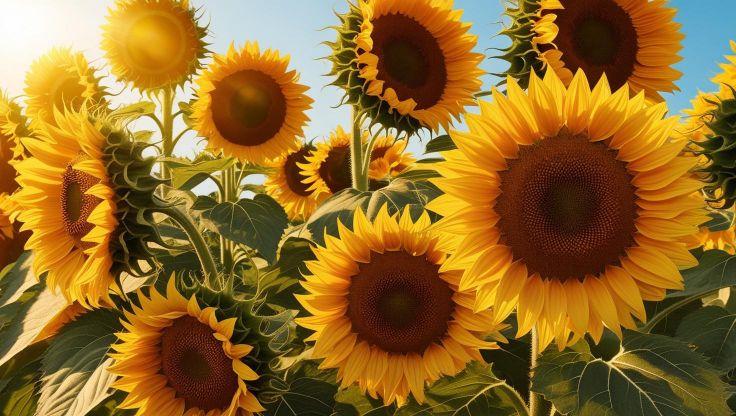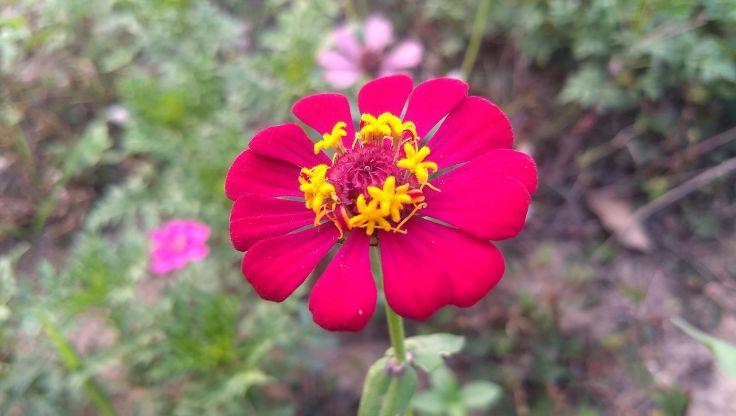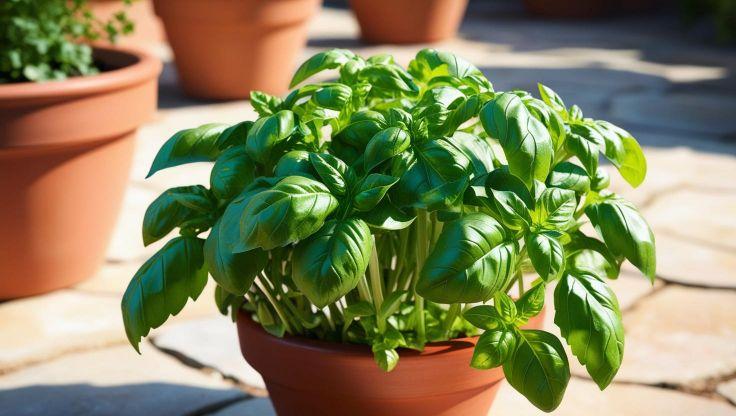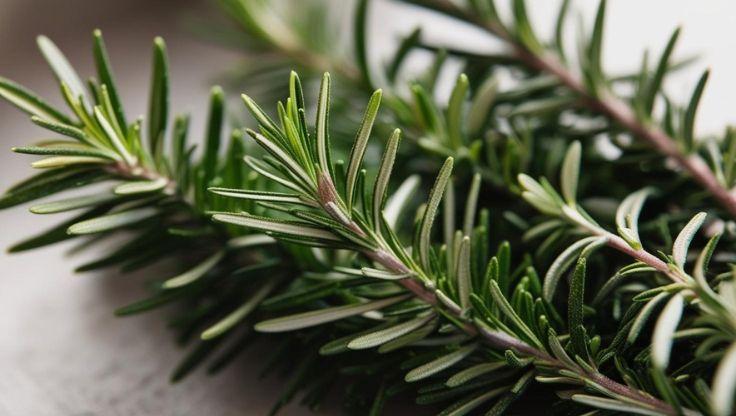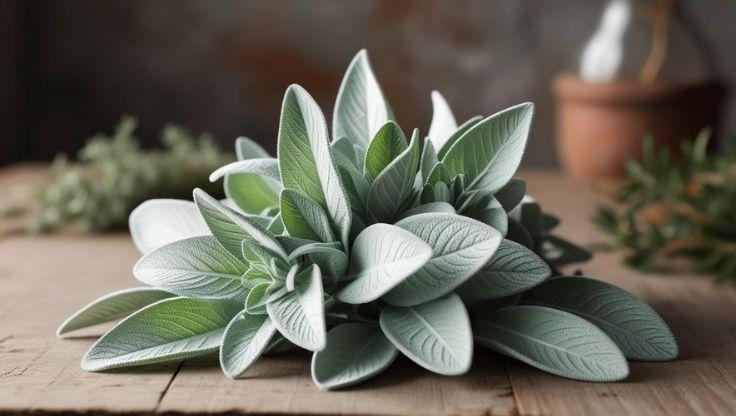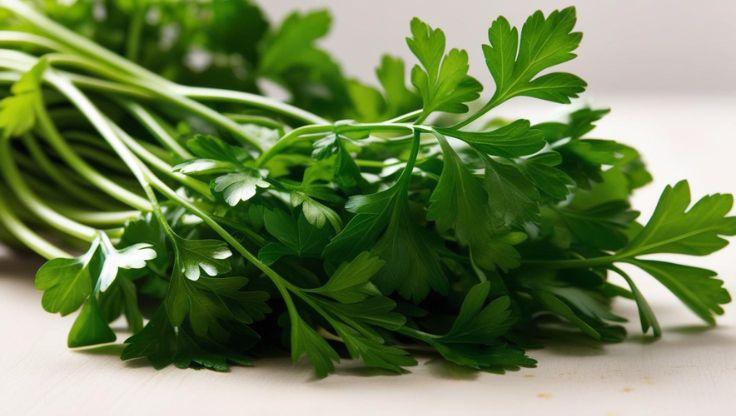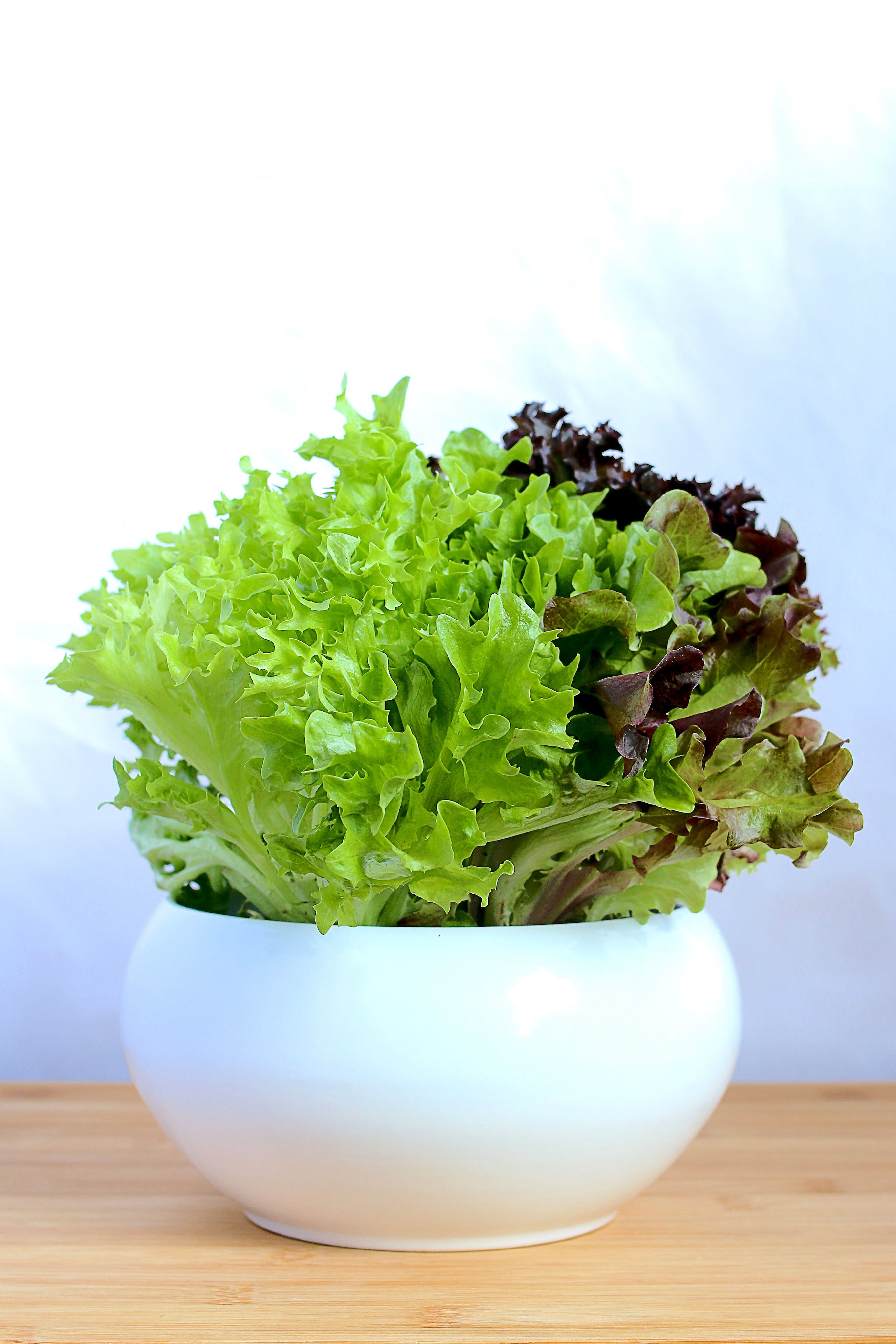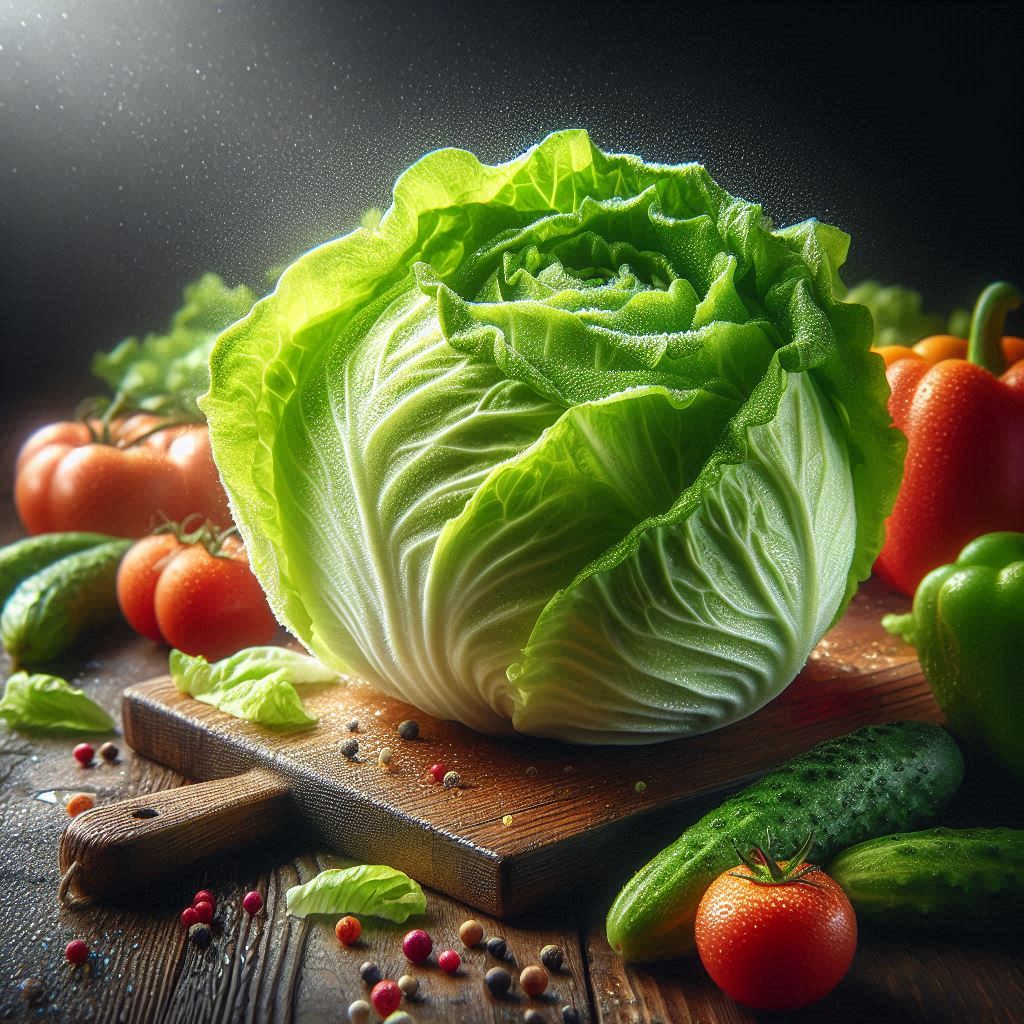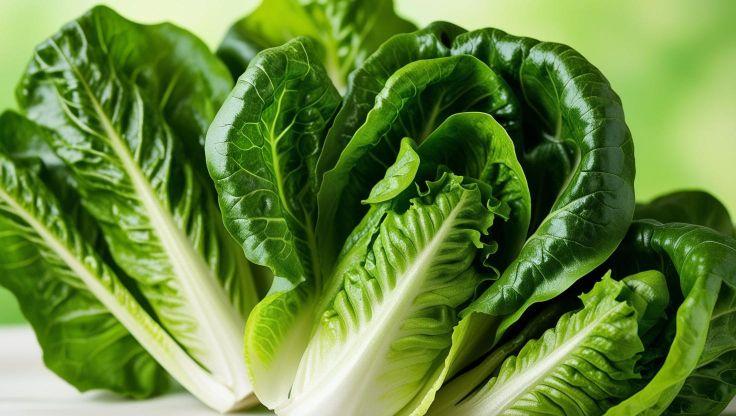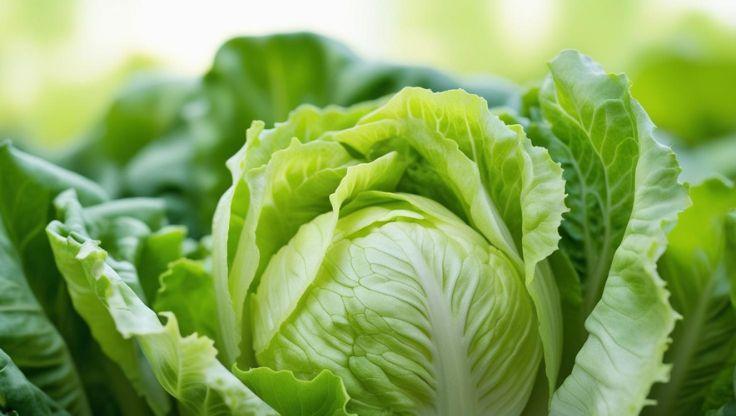Hydroponic Plants: Ornamental Kale Cultivation & Growth
Ornamental Kale (Brassica oleracea) is a visually striking vegetable, prized for its vibrant foliage and decorative appeal. Originating from Europe, it is closely related to edible kale but is primarily grown for aesthetic purposes. As some hydroponic plants, like Ornamental Kale thrives in controlled environments, ensuring consistent growth, enhanced coloration, and reduced exposure to soil-borne diseases. Compared to traditional soil-based farming, hydroponic cultivation allows for precise nutrient management and efficient water usage.

Hydroponic Growing Conditions for Ornamental Kale
Optimal pH and EC Levels
Maintaining precise pH and electrical conductivity (EC) levels is crucial for hydroponic ornamental kale cultivation. The ideal pH range is 5.8–6.5, ensuring efficient nutrient uptake and preventing deficiencies. Additionally, EC levels between 1.2–2.0 mS/cm support balanced mineral absorption, promoting steady leaf development and vibrant coloration.
Regular monitoring and adjustments are necessary, as fluctuations in pH or EC can impact growth rates. Young seedlings may benefit from slightly lower EC levels to encourage root establishment before transitioning to higher concentrations for optimal nutrient absorption.
Light, Temperature, and Humidity Requirements
Ornamental kale thrives under 12–16 hours of full-spectrum LED lighting, which supports consistent photosynthesis and enhances leaf pigmentation. The recommended temperature range for hydroponic ornamental kale is 13–24°C (55–75°F), ensuring steady metabolic activity and preventing stress-related growth issues.
Maintaining humidity levels between 50–70% during the day and 60–80% at night is essential to prevent dehydration and promote healthy foliage. Excessively low humidity can lead to leaf curling, while overly high humidity increases the risk of fungal infections such as powdery mildew.
Nutrient Solutions and Water Management for Hydroponic Ornamental Kale
Essential Nutrient Composition
A well-balanced nutrient solution is crucial for hydroponic ornamental kale, ensuring optimal leaf development and vibrant coloration. The recommended nutrient concentrations include:
- Nitrogen (N): 160 ppm – Supports vigorous leaf growth and enhances pigmentation.
- Phosphorus (P): 50 ppm – Strengthens root development and energy transfer.
- Potassium (K): 200 ppm – Improves water regulation and overall plant resilience.
- Calcium (Ca): 140 ppm – Essential for cell wall integrity and disease resistance.
- Magnesium (Mg): 70 ppm – Aids in chlorophyll production and photosynthesis.
- Trace Elements: Iron (Fe), Manganese (Mn), and Zinc (Zn) at 1 ppm each – Vital for enzymatic functions and nutrient absorption.
Maintaining these nutrient levels ensures consistent growth rates, high-quality ornamental kale, and improved resistance to environmental stressors.
Water Quality and pH Regulation
Hydroponic ornamental kale requires clean, oxygenated water to thrive. The ideal pH range of 5.8–6.5 ensures efficient nutrient uptake while preventing deficiencies. Regular pH monitoring and adjustments help maintain stability, preventing fluctuations that could hinder plant development.
Additionally, electrical conductivity (EC) levels between 1.2–2.0 mS/cm optimize nutrient absorption, ensuring plants receive adequate minerals without excess buildup. Frequent water changes and filtration prevent contamination and maintain a balanced nutrient profile.
Optimizing Water Management
Proper water management is essential for healthy root development and disease prevention. Hydroponic systems such as Deep Water Culture (DWC) and Nutrient Film Technique (NFT) require consistent water circulation to prevent stagnation and root rot. Aeration through air pumps enhances oxygen availability, promoting strong root systems.
Cultivation Process of Hydroponic Ornamental Kale
Seed Germination and Early Growth
Ornamental kale seeds typically germinate within 5–10 days, provided they are maintained at an optimal temperature range of 18–24°C (65–75°F). During this stage, consistent moisture and proper airflow are essential to prevent fungal infections. As seedlings develop, they require adequate light exposure (12–16 hours daily) and a balanced nutrient solution to support early root and leaf formation.
Once seedlings establish strong root systems, they are ready for transplantation into hydroponic systems. At this stage, their roots are sufficiently developed to absorb nutrients efficiently, ensuring a smooth transition to a soil-free environment.
Maturity After Transplanting
After being transferred to a hydroponic system, ornamental kale reaches maturity within 60–90 days, depending on the variety and environmental conditions. Early cultivars, such as Nagoya Red and Peacock White, can be harvested in 60–75 days, while later-maturing varieties, like Osaka Pink, may require up to 90 days.
The entire seed-to-harvest cycle lasts approximately 70–100 days, influenced by factors such as light intensity, temperature stability, and nutrient availability. Proper spacing—typically 1–2 seeds per hole—ensures uniform leaf development and prevents overcrowding, which can lead to stunted growth.
Growing in Hydroponic Systems
Hydroponic ornamental kale cultivation requires net pots filled with a growing medium such as rock wool or coco coir, which provides stability and moisture retention. The most effective hydroponic systems for ornamental kale include:
- Deep Water Culture (DWC) – Provides continuous nutrient access, ensuring rapid root development.
- Nutrient Film Technique (NFT) – Facilitates efficient nutrient delivery while maintaining oxygenation.
- Aeroponics – Maximizes oxygen availability, promoting faster growth and healthier root formation.
Uses and Benefits of Hydroponic Ornamental Kale
Culinary Applications
Although primarily cultivated for decorative purposes, certain ornamental kale varieties are edible and offer a unique addition to various dishes. Their vibrant colors and mildly bitter taste make them ideal for salads, garnishes, and stir-fries. When used raw, ornamental kale adds a crisp texture and earthy flavor, enhancing the visual appeal of dishes. Cooking softens its bitterness, making it a flavorful component in soups and sautés.
Additionally, ornamental kale can be blended into smoothies for a nutrient boost or dehydrated into chips, providing a healthy alternative to processed snacks. Its versatility allows chefs and home cooks to experiment with creative culinary applications.
Health Benefits
Ornamental kale is packed with essential nutrients, including vitamins A, C, and K, which contribute to immune function, bone strength, and digestive health. Its high fiber content supports gut health, aiding digestion and promoting satiety, making it beneficial for weight management.
Additionally, ornamental kale contains antioxidants such as quercetin and kaempferol, which help reduce inflammation and oxidative stress. Studies suggest that regular consumption of cruciferous vegetables like kale may lower cholesterol levels and improve cardiovascular health.
Sustainability Advantages
Hydroponic farming offers significant environmental benefits compared to traditional soil-based cultivation. Water usage is reduced by up to 90%, as hydroponic systems recycle and optimize nutrient solutions. Furthermore, the absence of soil eliminates the risk of soil-borne diseases, reducing the need for chemical treatments.
The controlled environment also minimizes pesticide use, ensuring cleaner and safer produce. Additionally, hydroponic systems allow for year-round cultivation, reducing reliance on seasonal availability and improving food security. Hydroponic ornamental kale’s compact growth makes it ideal for vertical farming, maximizing space efficiency and increasing yield potential
Challenges and Solutions in Hydroponic Kale Cultivation
Common Pests and Diseases
Despite the controlled environment of hydroponic systems, kale remains vulnerable to certain pests and diseases that can hinder growth and reduce yield. Implementing proactive management strategies is essential for maintaining plant health.
- Aphids – These small insects feed on plant sap, causing curled leaves and stunted growth. They can be managed using neem oil, insecticidal soap, or introducing beneficial insects like ladybugs to naturally control infestations.
- Powdery Mildew – A fungal disease that thrives in humid environments, causing white powder-like spots on leaves. It can be prevented by maintaining proper airflow, humidity regulation, and using organic fungicides.
- Root Rot – A common issue in hydroponic systems caused by excessive moisture and poor oxygenation. Prevention involves maintaining proper aeration, ensuring adequate drainage, and using disease-resistant rootstocks.
Solutions for Growth Issues
Hydroponic kale requires precise environmental management to optimize growth and prevent stress-related issues. Adjusting key factors such as light, temperature, and nutrient balance ensures healthy development.
- Yellowing Leaves – Often a sign of nutrient imbalances, particularly nitrogen deficiency. Adjusting nitrogen levels in the nutrient solution ensures strong leaf formation and vibrant plant health.
- Slow Growth – Insufficient light exposure can lead to delayed development. Increasing light intensity to 12–16 hours daily using full-spectrum LED lighting promotes steady growth and leaf formation.
- Wilting – Can result from inconsistent water temperature or poor oxygenation. Ensuring proper aeration and maintaining water temperatures between 18–22°C (65–72°F) helps prevent stress-related wilting.
Research for expert insights
These insightful articles provide expert perspectives and essential details worth exploring.
|
Institution |
Article Title |
Article Link |
|---|---|---|
|
South China Agricultural University |
Growth, Phytochemicals, and Antioxidant Activity of Kale Grown under Different Nutrient-Solution Depths in Hydroponic |
|
|
UPN “Veteran” Jawa Timur |
The Effect of Hydroponic Nutrient Sources and Planting Media Types on the Growth and Production of Chinese Kale |
|
|
Universidade Federal de São Carlos |
Hydroponic Kale: Effects of Row Spacing and Number of Plants per Cell on Yield and Quality |
Their thorough examination sheds light on key details, making them an indispensable guide for expanding knowledge.


